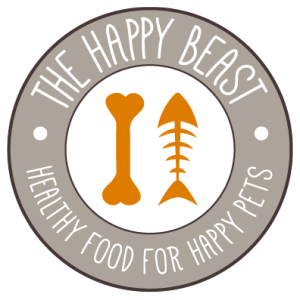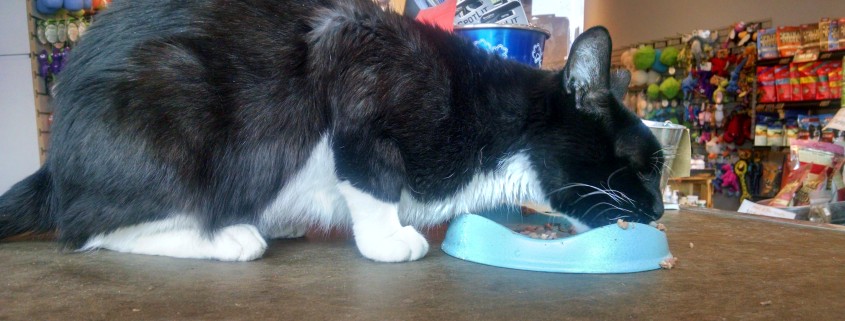Chewing on bones is a behavior that we most often associate with dogs, but did you know that chewing on bones is great for cats too?! Just like with dogs, chewing on bones can provide significant benefits for cats, including keeping them busy and cleaning their teeth at the same time. Providing your cat with meaty bones, such as chicken necks and turkey tails, provides mental stimulation, exercises and strengthens their jaw, and cleans plaque and tartar from their teeth.
Check out Wild Nosh Pets, our sister website, to shop our collection of chews and bones for cats.
The True Nature of Cats
We want every cat guardian to think of their cats as little tigers. Sure, cats are cute and cuddly too, but they are also natural hunters and carnivores. They have sharp claws and teeth, are extremely agile, and have a keen ability to stalk, pounce and kill their prey. Their jaws are strong with sharp teeth meant to rip into flesh and crush bone and their rough tongue can help lick bones clean.
When you consider a cat’s true hunting nature and then picture the food that we provide to them (mushy, soft food), you can see how a meaty bone is much more likely to satisfy their natural chewing instinct.
Meaty Bones and the Fight Against Plaque
Meaty bones also help clean plaque and tartar from your cat’s teeth, which helps prevent periodontal disease, gingivitis, and other dental problems.Remember that the first line of defense in protecting your cat from developing dental issues is to provide them with a healthy diet that consists of little to none of the carbohydrates that are predominantly found in dry food (kibble). Plaque is a bacteria that feeds off of sugar, and since sugar is a type of carbohydrate, it’s safe to reason that kibble is worse for your cat’s teeth, as well as other aspects of her health.
For many cats, that natural instinct to chew on a bone kicks in when you present them with a delicious, meaty chicken neck. However, for some cats, they have to be taught “how” to chew on larger pieces of meat and bone.
If your cat doesn’t gravitate to the meaty bone immediately, you can cut it up into smaller bite sized pieces. As your cat’s jaw gets stronger from the exercise of chewing, and she becomes more accustomed to the larger pieces, continue increasing the size of the pieces. It can be a gradual process, but many cats will graduate to gnawing on full-sized meaty chicken necks and wings.
For a point of reference, check out this quick video of our cats chewing on chicken necks.
Want more info on chews and bones for cats? Visit Wild Nosh Pets to shop our collection of chews and bones for cats, or visit The Happy Beast in Lafayette, CO to talk about which meaty bones would be best for your cat.

